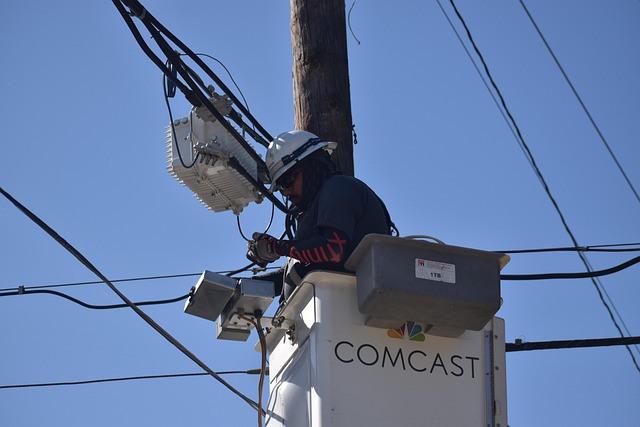Filter replacement timing and airflow balancing explained
Regular filter replacement and proper airflow balancing keep heating systems running reliably and safely. This article outlines when to change filters, how vents and ductwork affect airflow, and why routine inspection, thermostat settings, and combustion checks matter for furnace and boiler performance. Practical guidance on scheduling, repair signs, and efficiency is included.

Furnace and thermostat roles
A furnace or boiler is only part of an effective heating system; the thermostat and controls determine how that equipment operates day to day. A correctly calibrated thermostat reduces cycling and helps maintain target temperatures without overworking the furnace, which improves efficiency and reduces wear. Thermostat placement also affects perceived comfort: avoid locations with direct sunlight or drafts. Regular inspection of thermostat settings and batteries, combined with scheduled service for the furnace or boiler, helps ensure combustion and heat transfer remain stable and safe.
Filter replacement timing
Filters trap dust, pet hair, and airborne particles that would otherwise enter the furnace, boiler room, or ductwork. Replace or clean filters according to manufacturer guidance and household conditions: typical pleated filters are changed every 90 days, while homes with pets, smokers, or high dust loads often need changes every 30–60 days. A clogged filter restricts airflow, reduces efficiency, and can cause the system to overheat or short-cycle, increasing repair needs. Keep a replacement schedule linked to inspection and service visits to avoid unexpected problems.
Understanding airflow and vents
Airflow is the movement of conditioned air from supply vents through the living space and back via returns. Blocked or closed vents change pressure patterns and can starve a furnace or boiler of return air, reducing combustion stability and comfort. Balancing vent registers and keeping furniture away from outlets helps maintain even temperatures. Use the thermostat to monitor room-by-room performance. If rooms remain cold despite open vents, ductwork leaks or filter restrictions may be to blame and warrant inspection and possible repair.
Ductwork and airflow balancing
Ductwork integrity and layout are central to effective airflow balancing. Leaks, poorly sized ducts, or long, convoluted runs create uneven pressures and temperature gradients. Professionals use dampers and airflow measuring tools to adjust volume into each zone, improving distribution and system efficiency. Insulating ducts in unconditioned spaces reduces heat loss and lowers combustion demands on the furnace or boiler. Balanced airflow reduces stress on equipment, limits repair frequency, and supports consistent thermostat response across the home.
Combustion, inspection, and safety
Combustion appliance safety is a key reason to maintain filters and airflow. Restricted air intake or blocked flues can lead to incomplete combustion, producing carbon monoxide or reducing heat output. Regular inspection of burners, heat exchangers, and venting pathways helps detect soot, corrosion, or blockages early. Safety checks—often part of scheduled service—include testing combustion efficiency, confirming proper ventilation, and verifying safety controls. Maintaining clear returns and replacing filters as recommended supports both safety and reliable operation.
Scheduling, repair, and service planning
Create a seasonal schedule for inspection and preventive service: before winter, arrange a thorough check of furnace or boiler combustion components, filter condition, thermostat calibration, and ductwork sealing. Track filter replacement dates and note signs that suggest repair—unusual noises, frequent cycling, reduced airflow, or uneven room temperatures. Service professionals can perform airflow balancing, clean components affecting combustion, and advise on efficiency upgrades. Prompt repair of identified issues helps avoid safety risks and preserves system life.
Conclusion Consistent filter replacement and thoughtful airflow balancing are practical steps that support combustion safety, equipment efficiency, and home comfort for systems with a furnace or boiler. Combining routine inspections, thermostat management, and timely service or repairs reduces strain on ductwork and vents while helping the system deliver predictable heating performance.






